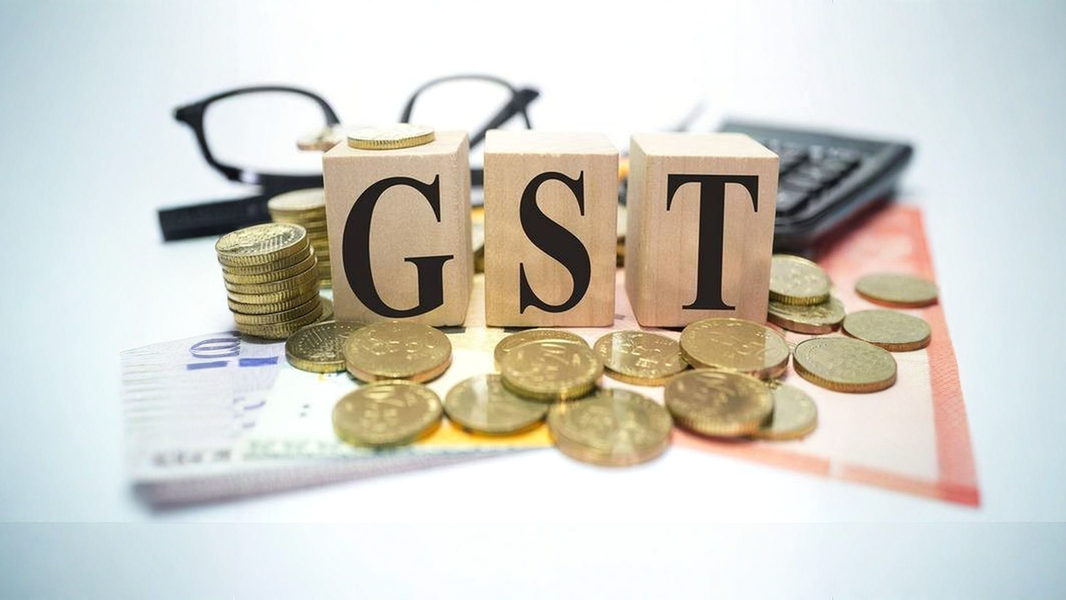The financial impact of GST rationalisation on government revenue is expected to be manageable
The proposed Goods and Services Tax (GST) rationalisation in India is unlikely to have a drastic financial impact on government revenues, according to a recent report by UBS. The global financial services firm projects that the market size of the proposed GST reduction will amount to just over Rs. 1.1 trillion, which is roughly 0.3 per cent of India’s GDP. This suggests that while the reform may ease the tax burden for consumers and businesses, the overall effect on government finances will be limited and manageable.
In its financial year 2026 report, UBS highlighted that potential revenue losses due to the GST rationalisation will likely be offset by other fiscal adjustments. The report noted that surplus cess collections and over-budget dividend transfers by the Reserve Bank of India (RBI) are expected to counterbalance the estimated revenue loss of Rs. 430 billion, equivalent to 0.12 per cent of GDP. In essence, while there will be a modest reduction in tax receipts, the government is positioned to manage the fiscal impact without significant strain on its budget.
One key insight from the UBS analysis is that a reduction in GST rates could have a stronger stimulative effect on consumption than comparable cuts in personal income tax or corporate tax. This is because GST directly affects the price paid at the point of purchase, which immediately influences consumer behavior. By referencing a study conducted by the National Institute of Public Finance and Policy, UBS demonstrated that the multiplier effect of GST is -1.08, compared with -1.01 for personal income tax and -1.02 for corporate tax. In other words, a reduction in GST has a slightly higher potential to boost spending and stimulate economic activity.
The focus on GST reform has been reinforced by recent statements from government leadership. During the Independence Day speech at the Red Fort, Prime Minister Narendra Modi announced next-generation GST reforms planned before 2026, aimed at benefiting consumers, small industries, and micro, small, and medium enterprises (MSMEs). Following this, the Finance Ministry released a blueprint for a simplified two-tier GST structure built on three pillars: structural reforms, rate rationalisation, and ease of living for taxpayers.
According to government sources, the proposed plan involves abolishing the current 12 per cent and 28 per cent GST slabs, retaining only 5 per cent and 18 per cent rates. Under this proposal, approximately 99 per cent of items currently taxed at 12 per cent could move to the 5 per cent slab, while nearly 90 per cent of products in the 28 per cent slab could be shifted to the 18 per cent category. Meanwhile, luxury and sin goods—including cigarettes, other tobacco products, carbonated drinks, high-end automobiles, and intoxicants—would see their tax rate increased to a dedicated sin slab of 40 per cent.
The sectors likely to benefit from the rate rationalisation include processed foods, garments, footwear, construction materials, tractors, hotels, and two-wheelers, which would move to the lower 5 per cent or 18 per cent slab depending on the item. Additionally, the compensation cess of Rs. 1.7 trillion, initially introduced to offset state revenue shortfalls, is set to expire earlier than the March 2026 deadline, freeing up fiscal space for the government to harmonise GST rates effectively.
UBS further noted that a reduction in GST rates is likely to have deflationary effects, which could help moderate inflation and provide room for monetary policy relief. With inflation currently under control, the report suggests that the repo rate may be lowered to the 5.0–5.25 per cent band, with the potential for an additional 25–50 basis point reduction in the remainder of FY26. Such measures could provide additional stimulus to the economy and further support consumption growth.
In summary, while the GST rationalisation may result in a modest reduction in government revenue, it is expected to have a significant positive effect on consumption and inflation management, providing both fiscal and monetary benefits. The initiative represents a strategic step toward simplifying India’s tax system while boosting economic activity across consumer and business segments.
Disclaimer: This article is based on information originally published by ANI News. All rights and credits for the original reporting belong to ANI News and the respective author. The content here has been adapted for informational purposes.









